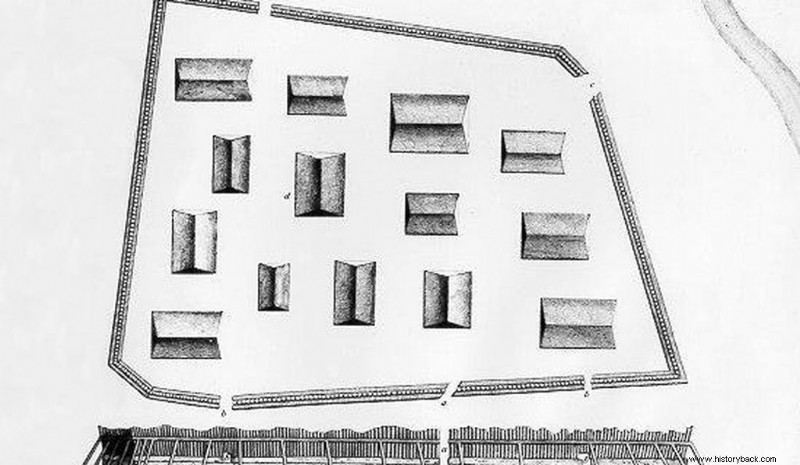The new discovery is based on the knowledge handed down by generations of indigenous communities about the clash two centuries ago.
For thousands of years the Tlingit settled in the islands of southeastern Alaska , but at the beginning of the nineteenth century they came into contact with a group that allegedly threatened their relationship with the land: Russian traders seeking to establish a footprint on the North American continent.

The settlers had expanded into Alaska for decades, first exploiting the Aleut populations as they sought access to sea otters and seals that would turn profits into the lucrative fur trade. The Russian American Company , a commercial monopoly authorized by Russian Tsar Paul I, arrived in Tlingit territory around Sitka in 1799 .

In the 1950s, archaeologists dug some trenches and discovered rotten pieces of the wall that made up the fort's palisade.
The site was revisited again by an NPS team from 2005 to 2008 who found cannonballs and other associated artifacts within the clearing surrounding the fort.
But the researchers could not confirm that this was indeed the correct location of the fort.
In the summer of 2019 Large areas of the park were scanned, including areas with dense vegetation, using new technologies .

The footprint of the underground structures found by Urban researchers and Carter corresponds to the drawings of the fort made by the Russians of the fort. Approximately 300 feet long and 165 feet wide.
This construction was not part of the traditional Tlingit architecture (most of the other strong sites exploit natural rock formations), but the building seems to have been an adaptation to deal with conflicts with the colonizers, says Thomas Thornton , dean of the University of Alaska Southeast is a research fellow affiliated with the University of Oxford .

The name of the fort in Sitka , Shís'gi Noow , means "strong tree" in English, which alludes to an important innovation:the Tlingit they learned that the younger wood was more flexible and better absorbed the shock of Russian cannonballs.
